7 Things To Consider Before Re-Gripping Your Clubs
There are plenty of things to consider when purchasing new grips to ensure they suit your game and the conditions you play in

There are plenty of things to consider when purchasing new grips to ensure they suit your game and the conditions you play in
7 Things To Consider Before Re-Gripping Your Clubs
A fresh set of grips can make your clubs feel brand-new again. With increased tech in your hands, grips are no longer just grips, they are hi-tech accessories.
The grip is the only point of contact between you and the golf club so looking after them and investing in new grips are great ways to increase the longevity of your equipment.
Here are seven things you should consider before getting your clubs re-gripped.
Lower grip tension
If you're someone who struggles with a hook, it may be worth investing in reduced taper grips as these help to relieve tension in your lower hand and reduce activity through the hit. A regular tapered grip often leads to varying levels of grip tension in either hand as the lower half of the grip is thinner to account for the tapered shaft. A reduced tapered grip allows you to hold the club with the same tension in both hands. It is also worth mentioning that a lighter overall grip pressure should lead to increased power as you'll have much more fluidity throughout your swing. Fresh, clean grips will offer much more traction and reduce the need to hold the club so tightly.
Get the Golf Monthly Newsletter
Subscribe to the Golf Monthly newsletter to stay up to date with all the latest tour news, equipment news, reviews, head-to-heads and buyer’s guides from our team of experienced experts.
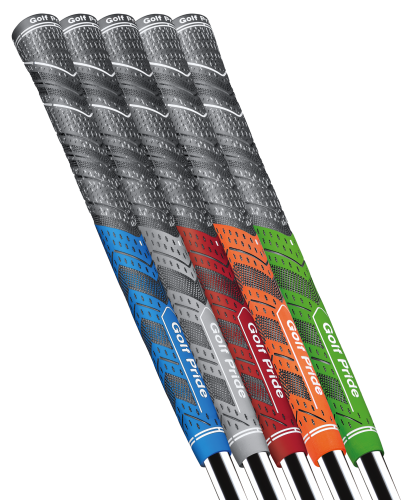
Hand Alignment
Grooving a technically sound grip that is also comfortable is an essential aspect to playing consistently good golf. That's why it always makes sense to check your grip regularly in practice to prevent any minor adjustments becoming ingrained over time and creating problems with your ball striking. There are some grip models on the market designed to help you with this. By using lines on the grip to help you place your hands on the club correctly, golfers should be able to hone a better hold of the club to help them square the face at address and through impact more consistently.
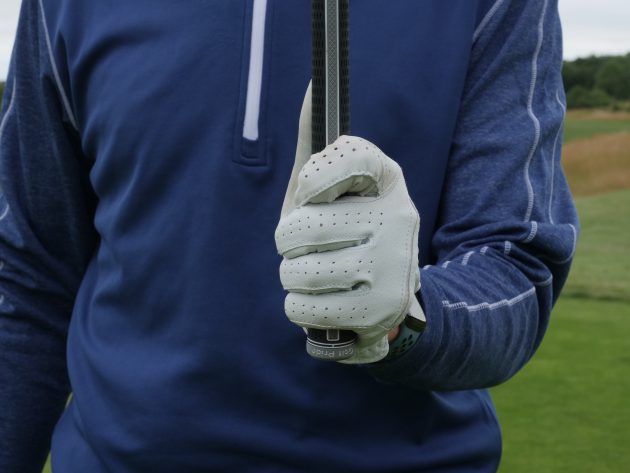
Moisture Management
Golfers in the UK encounter all sorts of conditions, from hot and sweaty summer rounds to cold winter days and downpours throughout the year. Your grips are with you through all conditions so it's crucial that you can hold onto the club in all weathers and seasons otherwise you simply won't hit consistent shots. If you get sweaty hands or play a lot of golf in the rain, you'll want to opt for a full or half-cord grip as oppose to an all-rubber one to give you more control and ensure that your grip doesn't slip out of place. Cord grips have moisture-wicking technology to stop them from becoming slippy during wet or sweaty conditions. A rubber grip usually provides a softer feel but will not offer as much traction in the wet.
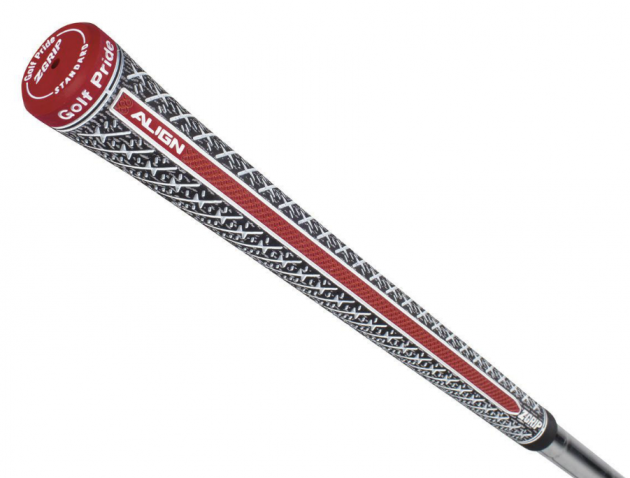
Get The Right Fit
We all have different hand sizes and ways of holding the club so it makes sense to consider the size of the grips you are using. It's crucial to speak to your PGA Pro to go through the process of finding the right grip for your hands. As a rule, the tips of your three fingers on your left hand (for a right-handed player, visa versa for a left-handed player) should just about rest up against your palm whilst holding the club. If they don't quite reach then you may need a thinner grip and if they easily reach then you may need a bigger size. If you wear a medium glove then a standard grip will likely be fine, but if you're a large or an extra large you will likely need to go to a midsize or jumbo grip.
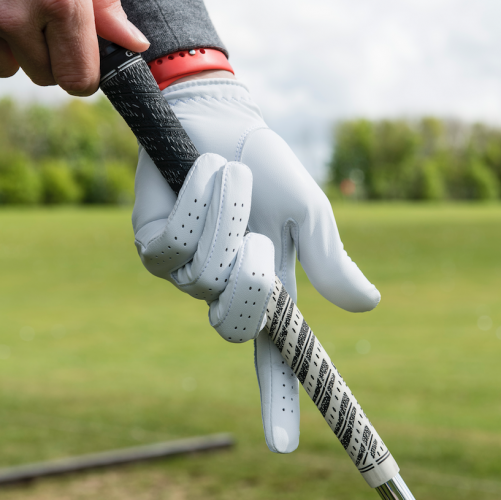
Choose Your Colour
Grips these days come in all different designs and colours, meaning you can personalise your clubs to really make them feel like they're yours. There's a whole range of different options for you to choose from to help you stand out on the course and show a bit of personality. You can even choose your favourite team's colours with the Golf Pride MCC Teams grips.
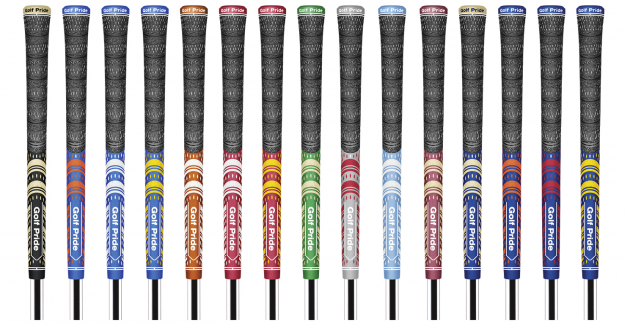
Do I Need New Grips?
A general rule is that you should replace your grips once per year if you play once a week, however if you're somebody who plays a lot of golf and often practises then you might need to change them every six months. A good way to increase the longevity of your grips is to vary the clubs you hit when you go to the range. Perhaps use your odd-numbered irons one week and your even-numbered ones the next. If your grips are looking a bit shiny or showing wear marks then it's probably time to upgrade. A lack of traction is going to cost you as your grip pressure will increase and you'll begin to lose the flow of your swing.
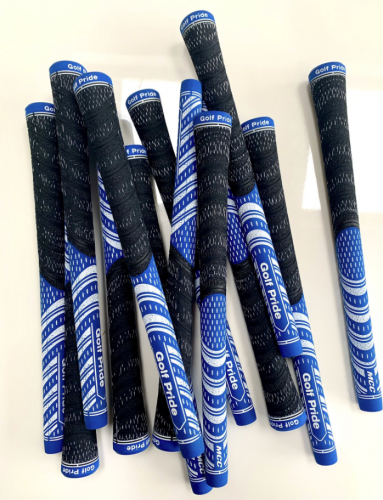
Increase the life of your grips
And finally, if you invest in a new set of grips then you want them to last so make sure to look after them. They'll pick up plenty of grease and sweat during your rounds so remember to wash them when you cleaning your clubs. Use hot and soapy water and dry them with a towel or leave them out to dry before putting your clubs back in the bag. A good tip if your grips are looking a bit tired is to give them a very light sanding as this will add a bit of tackiness and prolong the life of your grip.
For all the latest golf news, check the Golf Monthly website and follow our social media channels @golfmonthlymagazine on Facebook and @golfmonthly on Twitter and Instagram
Articles created in partnership with Golf Pride.
-
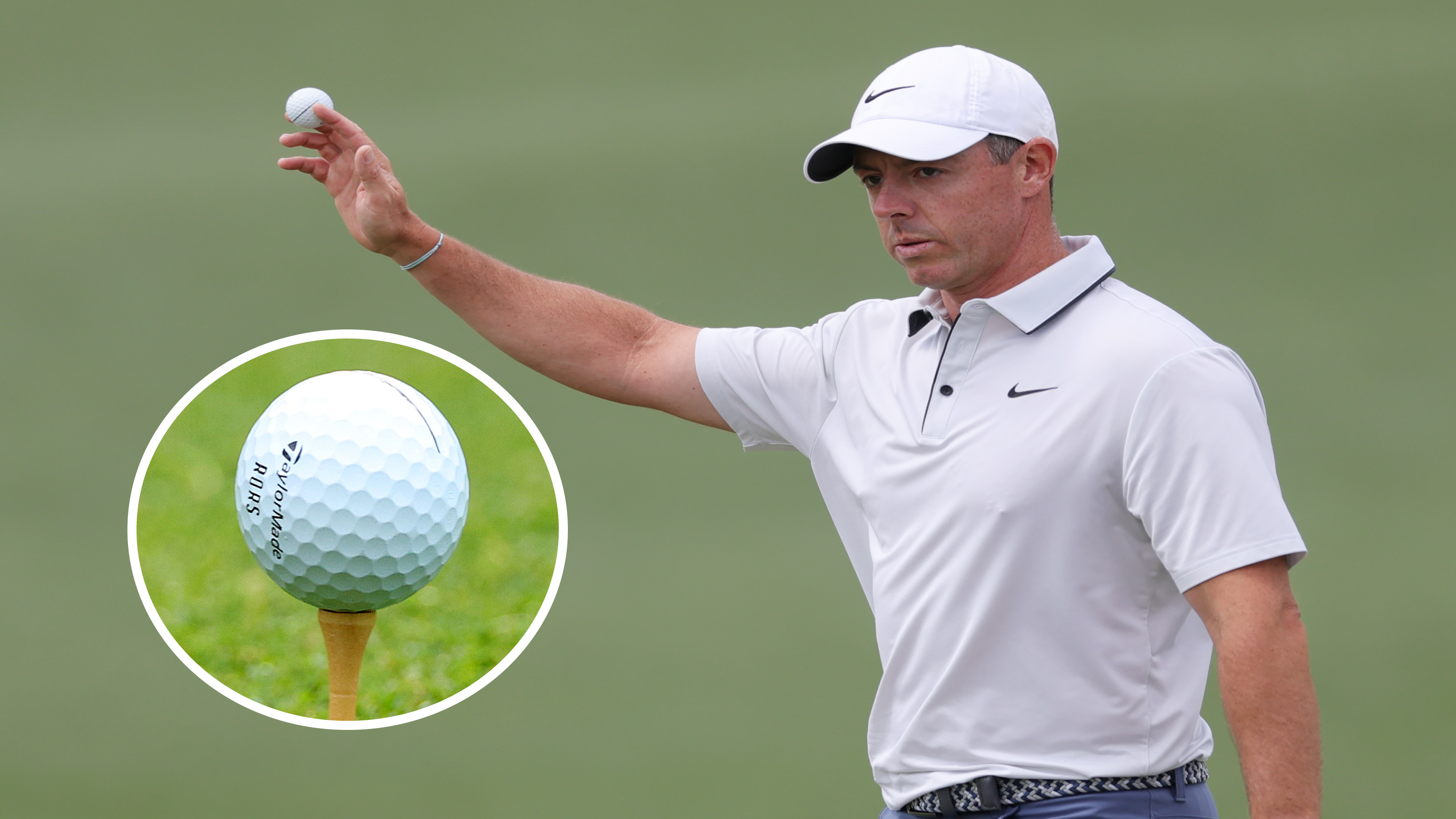 Could This 'Stumbled Upon' Equipment Switch Finally Land Rory McIlroy the Grand Slam?
Could This 'Stumbled Upon' Equipment Switch Finally Land Rory McIlroy the Grand Slam?Rory McIlroy made a golf ball change earlier this season that has reignited his wedge play and it could be about to pay off in the most dramatic possible way…
By Joe Ferguson Published
-
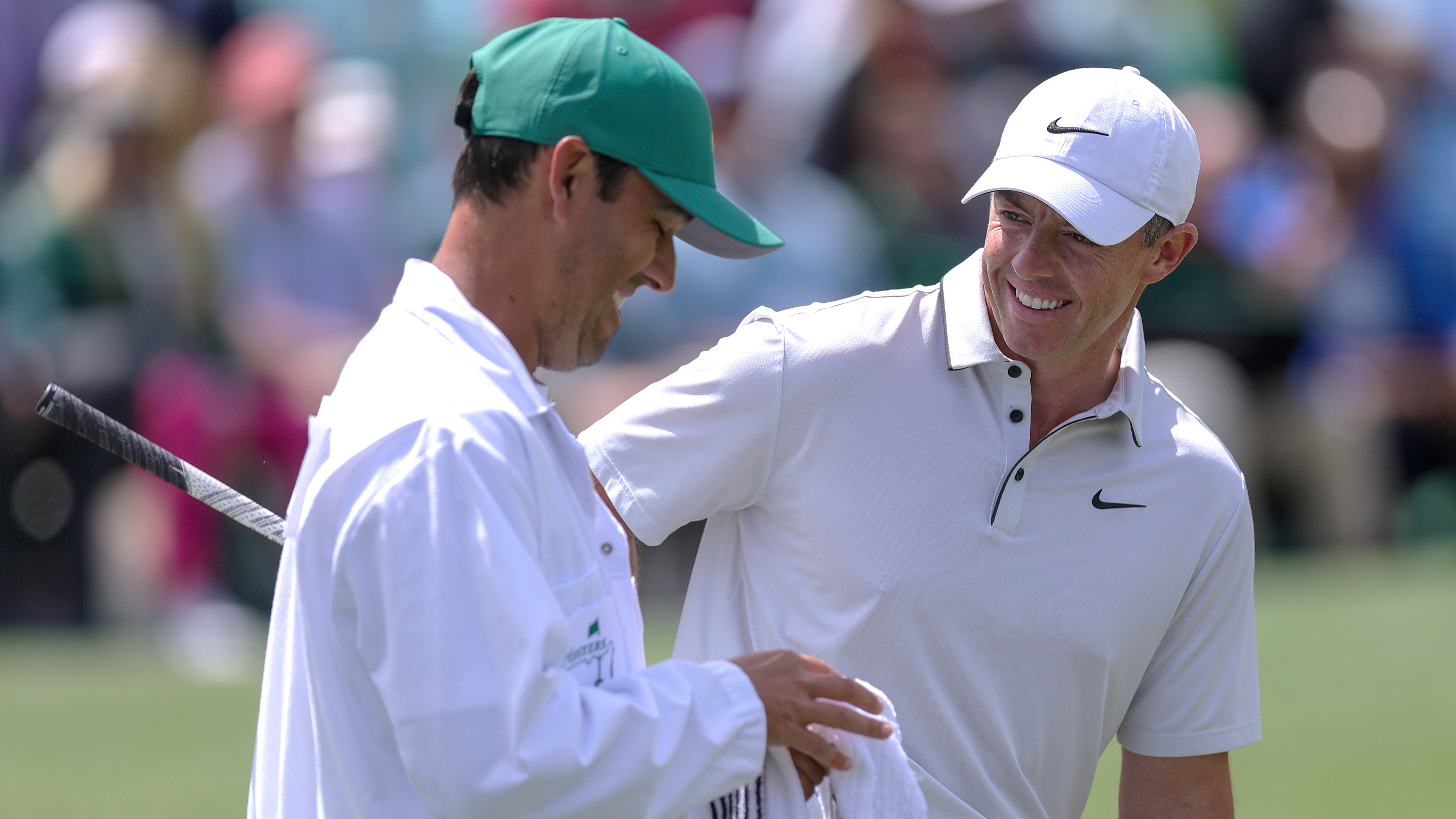 The Masters Final Round: TV Coverage, Live Streams, Start Times As Rory McIlroy Battles Bryson DeChambeau And History
The Masters Final Round: TV Coverage, Live Streams, Start Times As Rory McIlroy Battles Bryson DeChambeau And HistoryAll the info on live streams, TV broadcasts, and free coverage of one of the most hotly anticipated final days of any Major as McIlroy battles with DeChambeau
By Patrick Fletcher Published